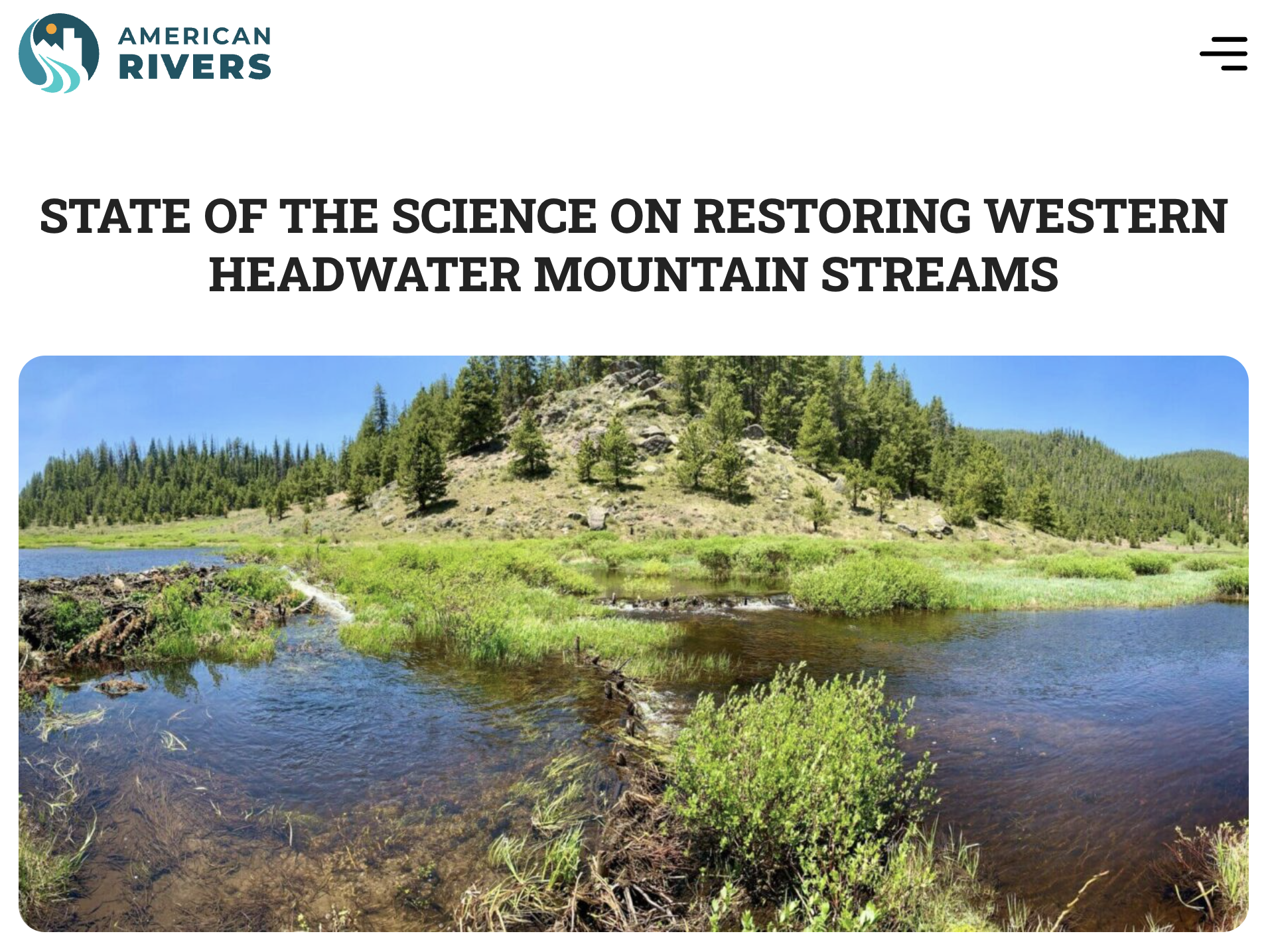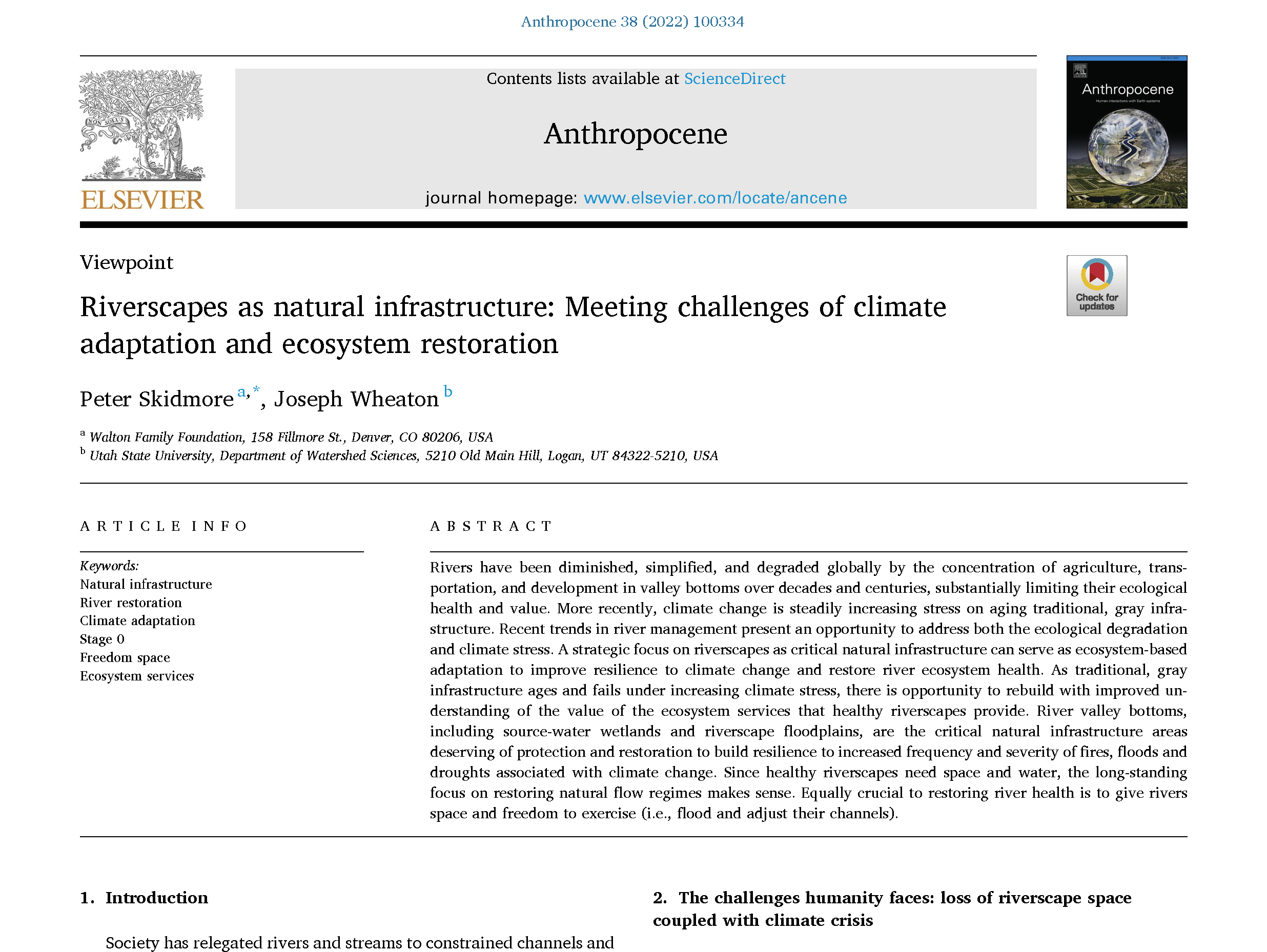solutions
Restoring Watershed Health
Why Healthy Watersheds Matter?
The riparian areas, wetlands, wet meadows, and connected floodplains that comprise healthy watersheds across the Colorado River Basin are essential to the overall health of the river, its tributaries, and the communities that depend on it. Healthy watersheds provide naturally distributed storage areas, which act as natural reservoirs to enhance drought resilience through water storage and groundwater recharge. These areas bolster natural defenses against long drought periods, including mitigating the impacts of wildfire and degraded soils and providing flood control while ensuring cleaner water for people, wildlife, and agriculture. By recharging groundwater and serving as natural reservoirs, naturally distributed storage also provides a buffer against dry conditions, which leads to improved soil health and extended growing seasons. Unfortunately, much of the Colorado River system’s naturally occurring healthy watersheds were lost due to historic land use practices, development, and the extirpation of beavers throughout the 19th and 20th centuries.
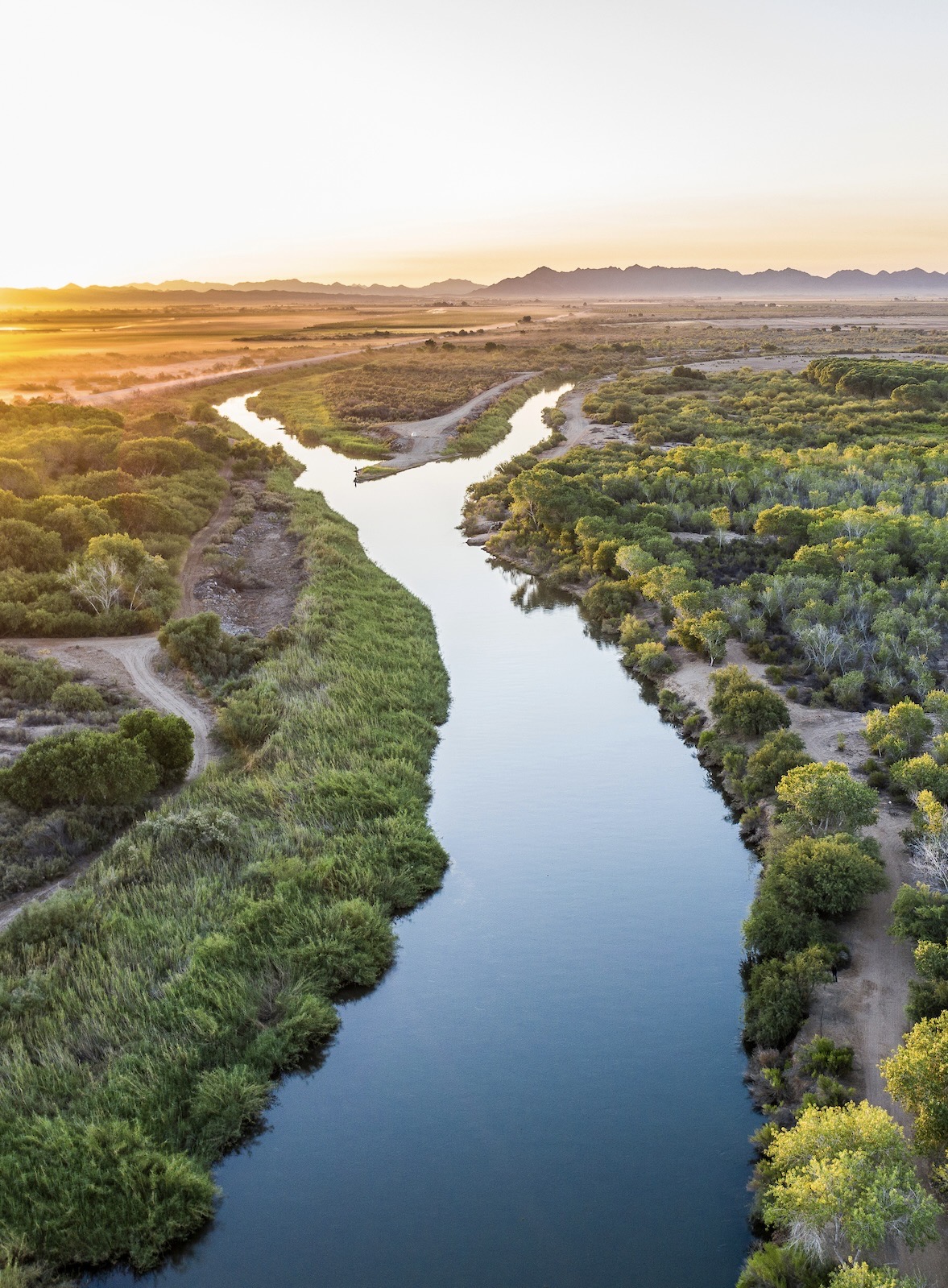
How To Improve Watershed Health
In the Colorado River Basin, restoring the health of watersheds has the potential to restore functioning stream systems and build a more resilient future. Investing in these projects, or a series of projects across a watershed, can improve groundwater recharge and natural storage while reconnecting floodplains, creating wildlife habitat, supporting recovery from extreme events, improving water quality, and reducing and capturing sediment and lowering water treatment costs, among many other benefits.
What Is Naturally Distributed Storage?
Naturally distributed storage projects store water in shallow aquifers and interact directly with streams, support native vegetation, and influence the timing and quality of streamflow. The restoration of wet meadows and implementation of various analogs to beaver-related restoration tactics are opportunities to re-establish natural storage at the watershed scale at which it was lost. These projects may often be unique, depending on the location, but typically involve simple approaches like using wood, rocks, and wire to create hand-built structures that slow river and stream flows, replenish groundwater, and support healthier soil.
What Does It Look Like on the Ground?
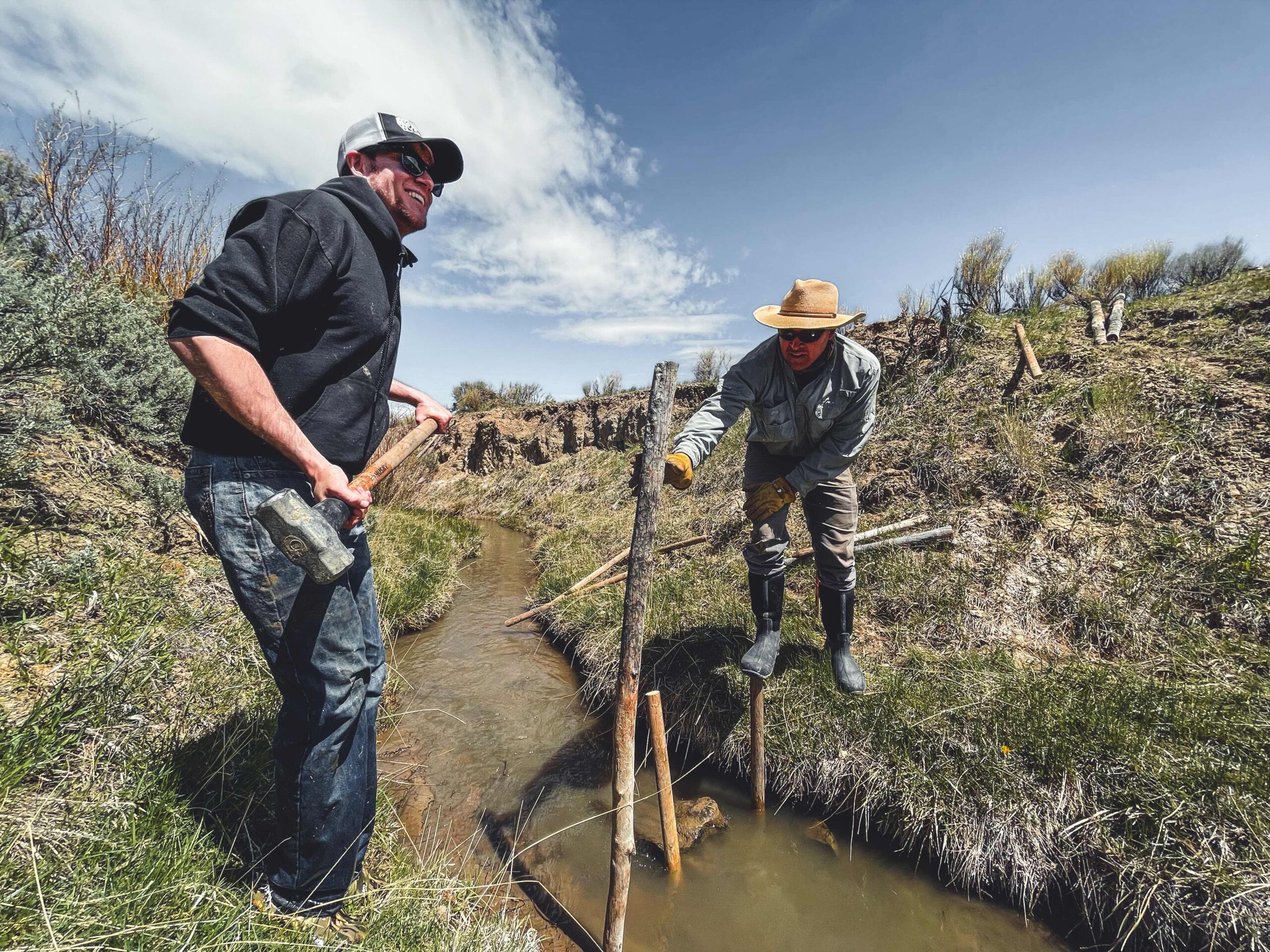
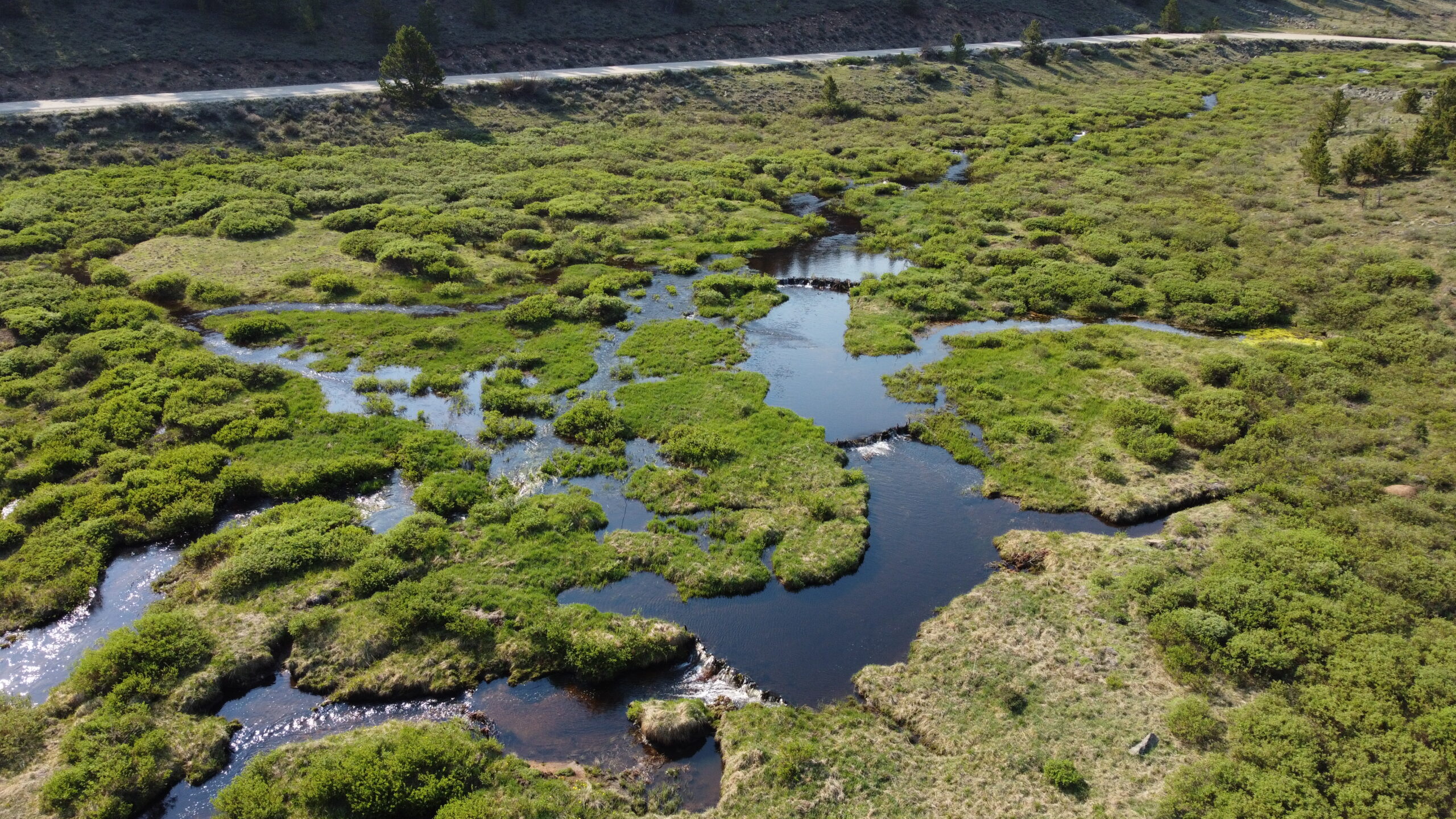
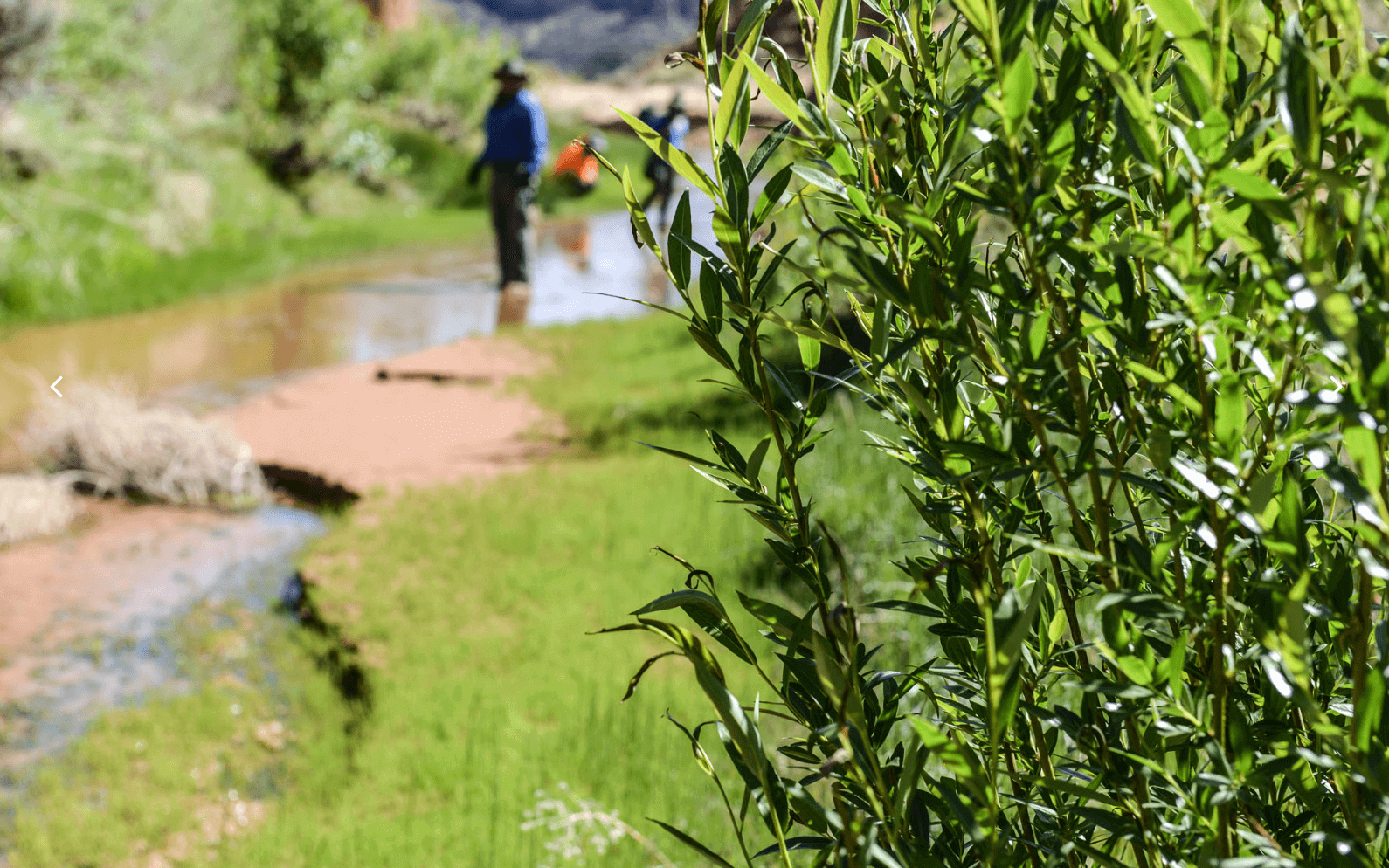
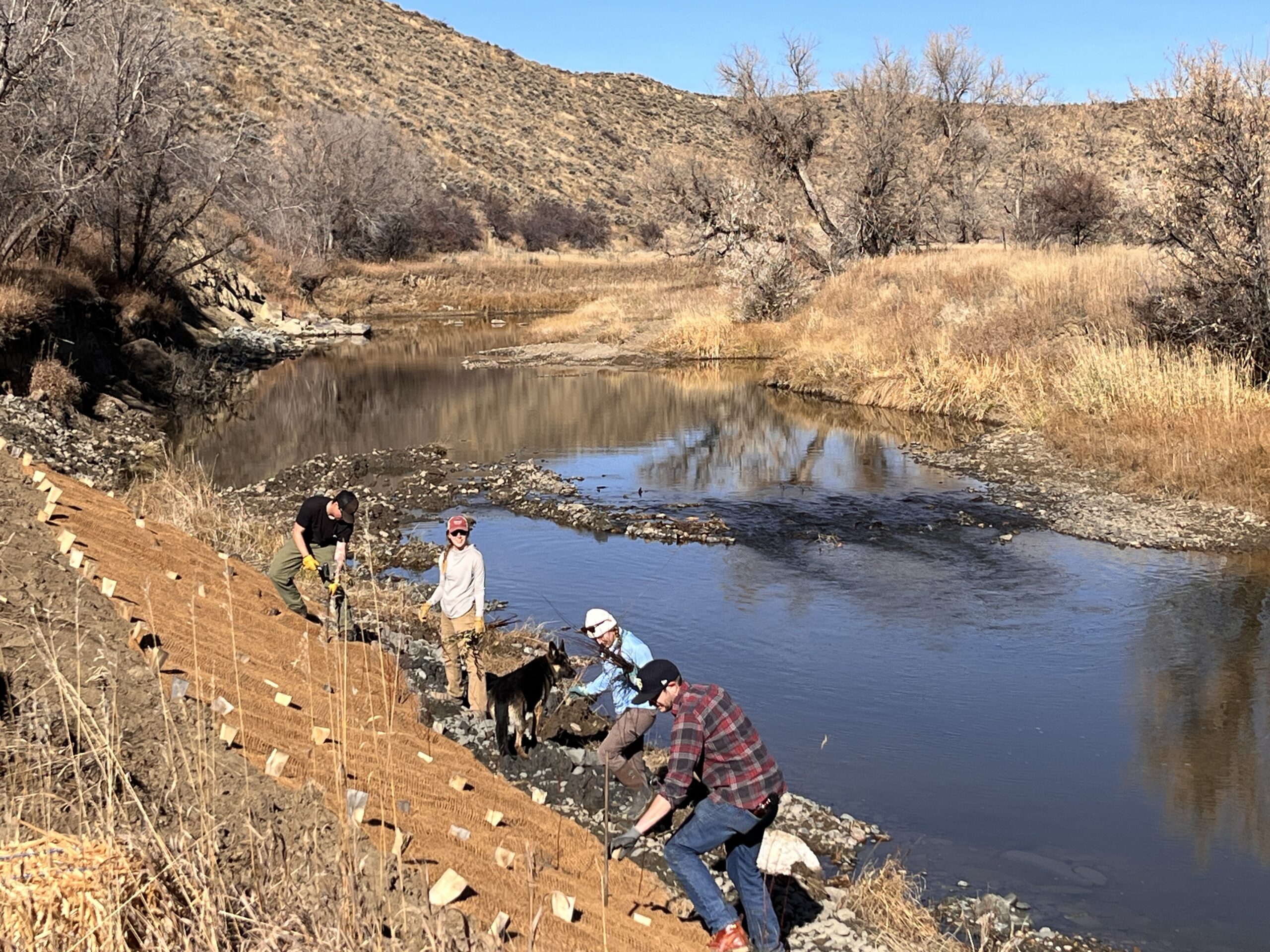
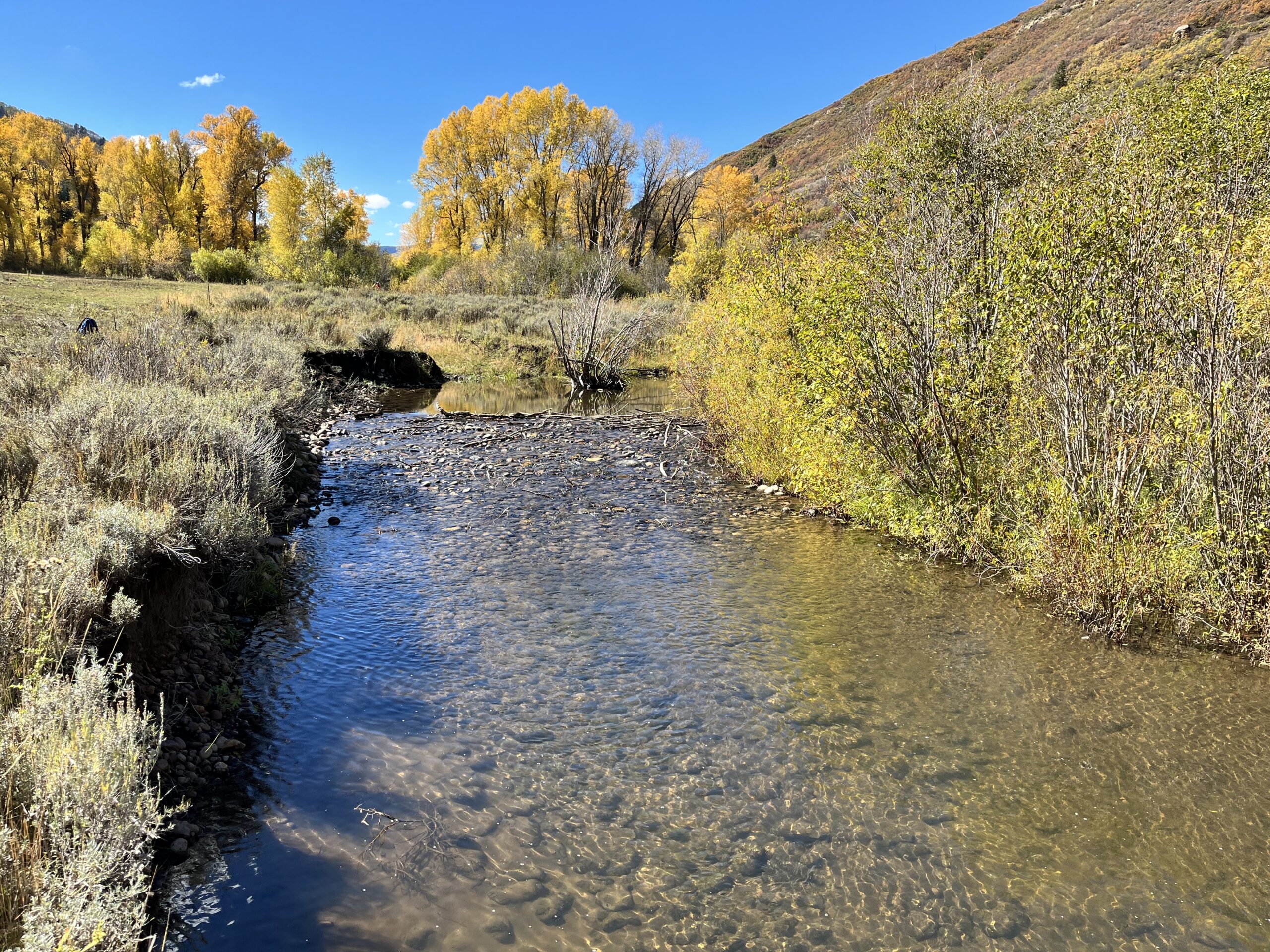
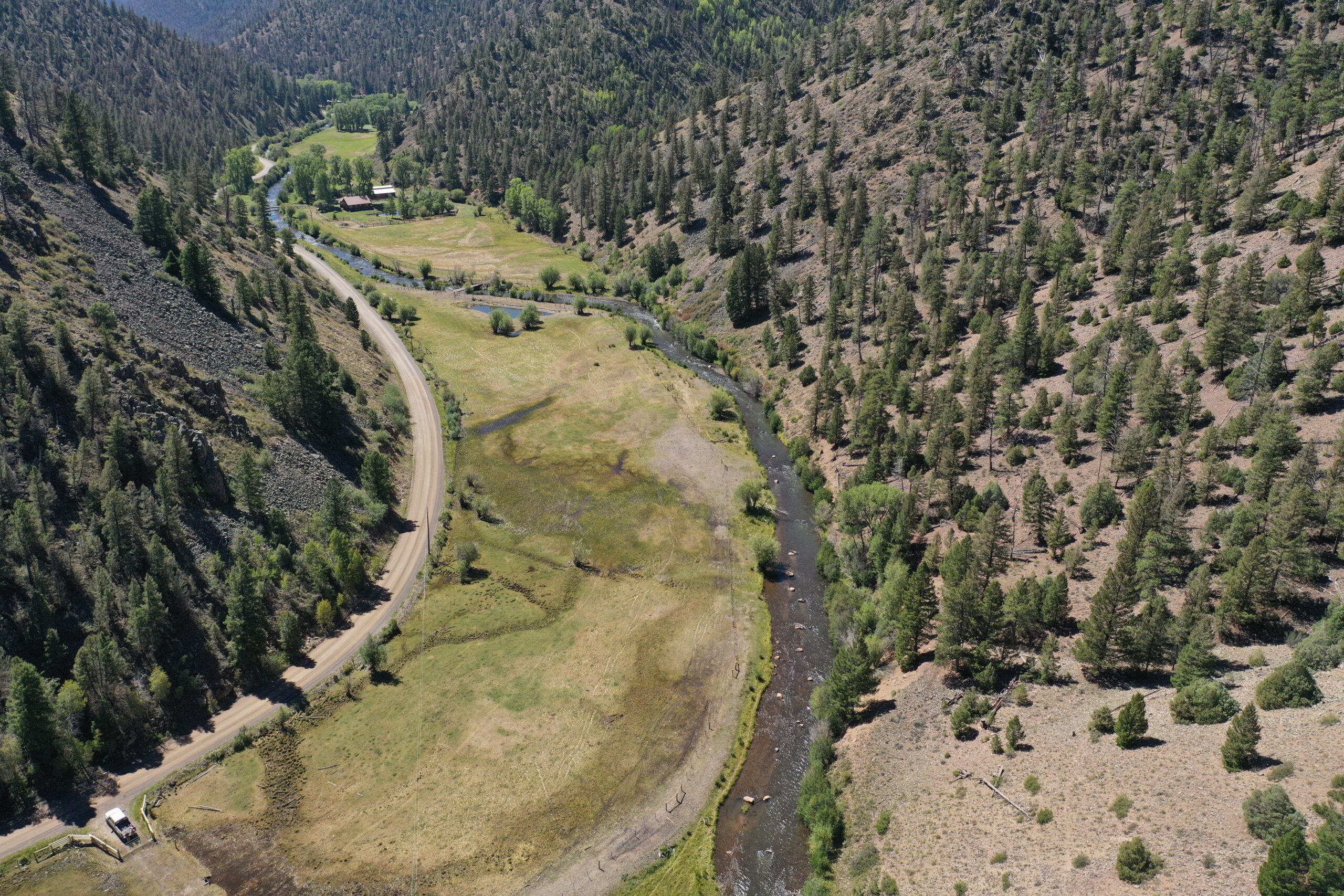

how do we scale it?
- There is enormous potential for natural distributed storage demonstration projects across the Colorado River Basin, and their methods are relatively low-cost.
- Continue to cultivate federal and state agency recognition of the drought resilience benefits associated with natural distributed storage projects along with co-benefits for fish and wildlife, agriculture, and downstream infrastructure.
- Site, implement, and monitor projects to achieve desired results. Large-scale projects throughout the Basin necessitate greater resources, time, and coordination, and will facilitate more holistic solutions in larger watersheds.

